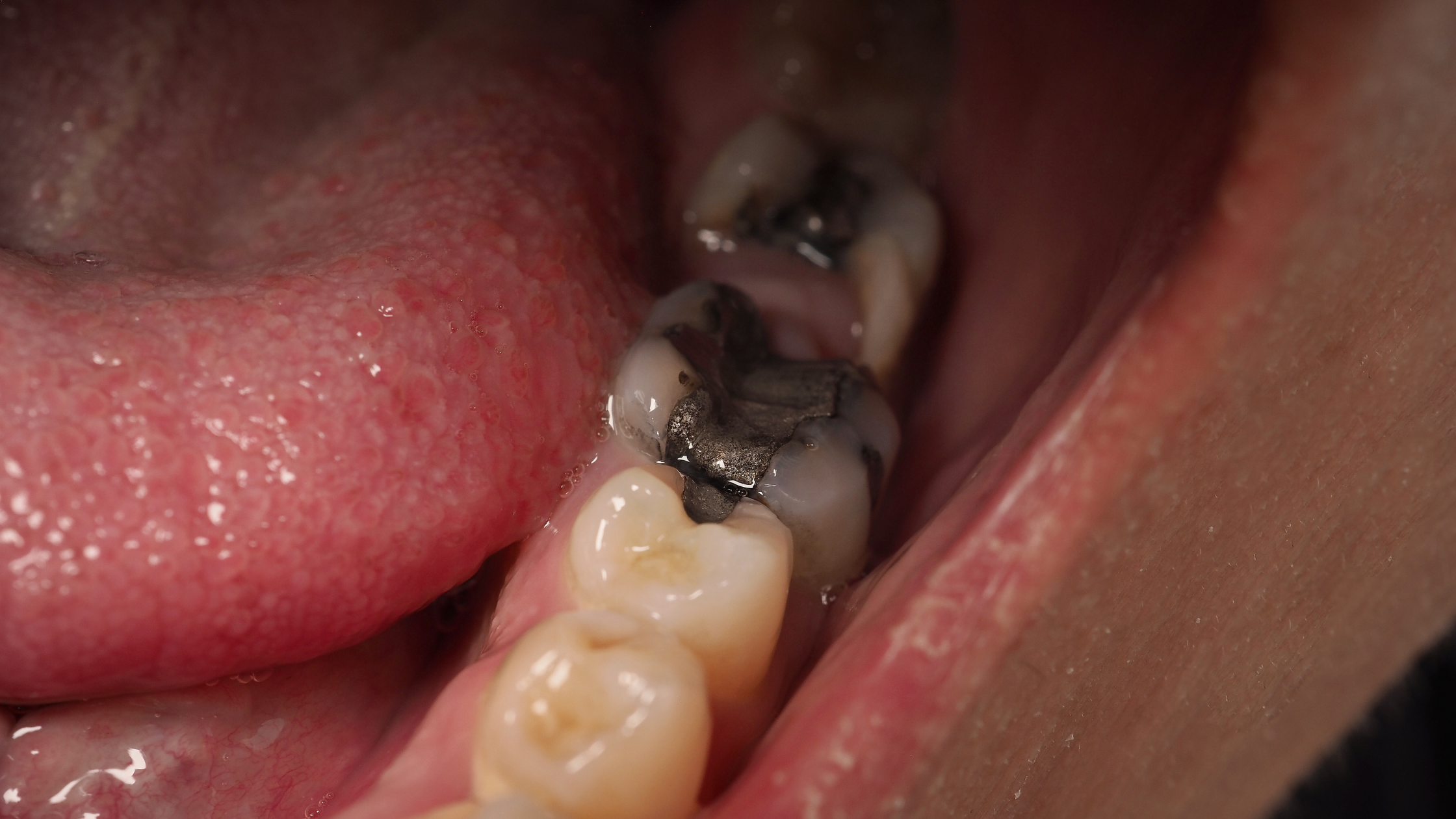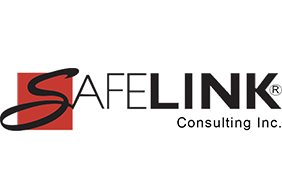Mercury, a potent neurotoxin, poses significant environmental and public health risks when released into the environment, and dental offices are a notable source of mercury pollution. It is important to know and understand the dangers of mercury, particularly from dental practices, and the challenges associated with mitigating its environmental impact, despite the regulatory efforts of the Environmental Protection Agency (EPA).
Mercury, a naturally occurring element, has been utilized in various industries and products, including the creation of dental amalgam fillings. However, if not managed properly, mercury waste can infiltrate water sources, posing significant risks to aquatic life and human health. Dental amalgam, a mixture containing around 50% mercury combined with metals like silver, tin, and copper, has been a popular choice for filling dental cavities caused by tooth decay. Nevertheless, concerns have arisen regarding the disposal of unused amalgam and the release of mercury-contaminated wastewater from dental facilities, highlighting the potential environmental impact.
Recognizing the environmental dangers linked to mercury discharges from dental offices, the EPA has enforced regulations mandating the use of amalgam separators. These devices are designed to capture solid mercury particles, preventing their release into public wastewater systems. The EPA's 2017 final rule, known as the Effluent Limitations Guidelines and Standards for the Dental Category, requires most dental practices to install amalgam separators and adhere to best management practices to decrease mercury discharges.
Although the adoption of amalgam separators marks a positive stride in reducing mercury pollution from dental facilities, challenges persist. Not all dental offices are required to install such separators, with exemptions granted to practices that do not handle dental amalgam. Despite the use of separators, some mercury can still escape into the environment, as no system is entirely foolproof at capturing all mercury particles. Additionally, the maintenance and proper disposal of collected mercury waste from amalgam separators continue to pose ongoing challenges for dental practices.
While the EPA's endeavors to regulate mercury discharges from dental offices are commendable, there is a pressing need for continual enhancement in monitoring and enforcement to ensure compliance with amalgam separator requirements. Furthermore, there is a growing demand for the development and implementation of advanced technologies capable of effectively capturing and eliminating mercury from dental wastewater, thereby reducing its environmental impact.
Mercury pollution stemming from dental offices carries substantial environmental risks, necessitating meticulous management of dental amalgam usage and mercury-laden wastewater disposal to avert adverse consequences on ecosystems and human well-being. While the EPA's regulations, including the use of amalgam separators, represent a pivotal step in tackling this issue, challenges persist in attaining comprehensive control over mercury discharges. Moving forward, ongoing research, technological advancements, and strengthened regulatory measures will be pivotal in mitigating the environmental threats linked to mercury from dental practices and safeguarding our environment and communities from this hazardous substance.
The EPA promotes recycling of amalgam and dental practices are no exception. The items to be recycled could include the replaced filters in the amalgam separators, extracted teeth that contain amalgam, chairside traps, and main traps. There are a number of companies that provide this amalgam recycling service.
Discover more about how to achieve OSHA compliance for the dental practice or dental lab.
Why is it crucial to evaluate your sterilization procedures? Learn about the potential repercussions of overlooking proper sterilization protocols in dental practices.
Learn more about what SafeLink Consulting can do to help your business with compliance services, including safety compliance, to meet OSHA training requirements and quality system consulting to meet FDA compliance. Contact us for an OSHA consultation..







Leave Comment